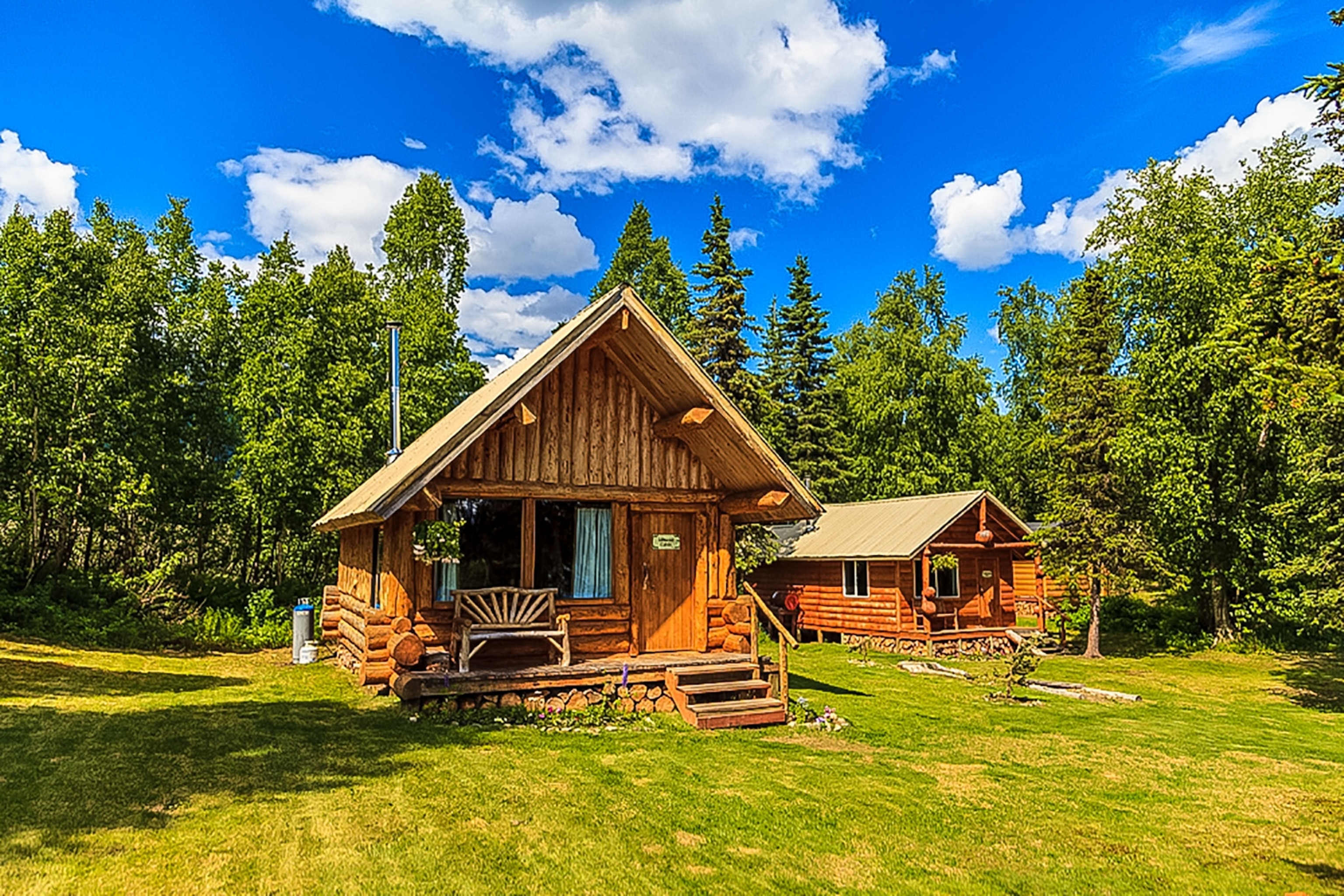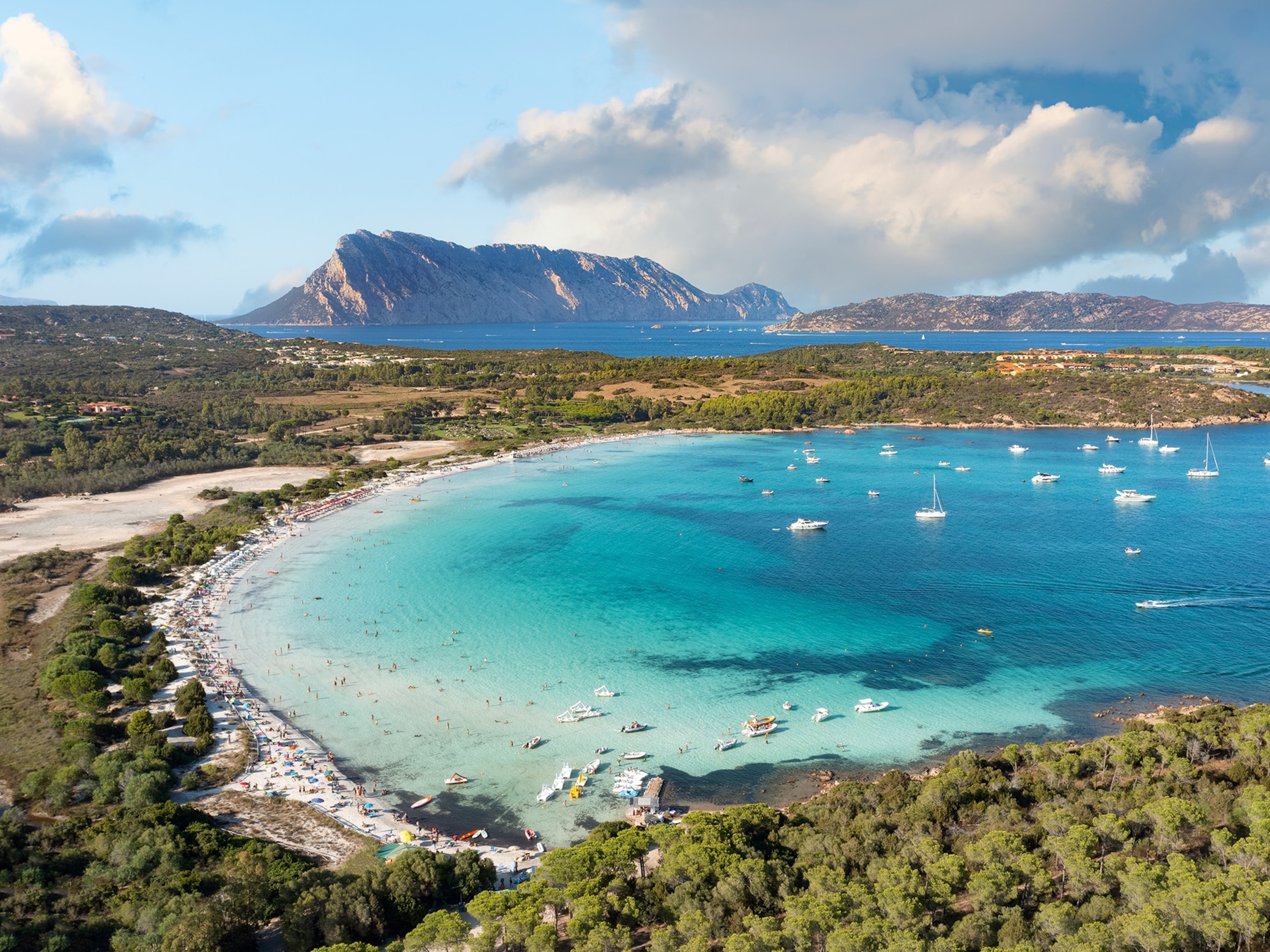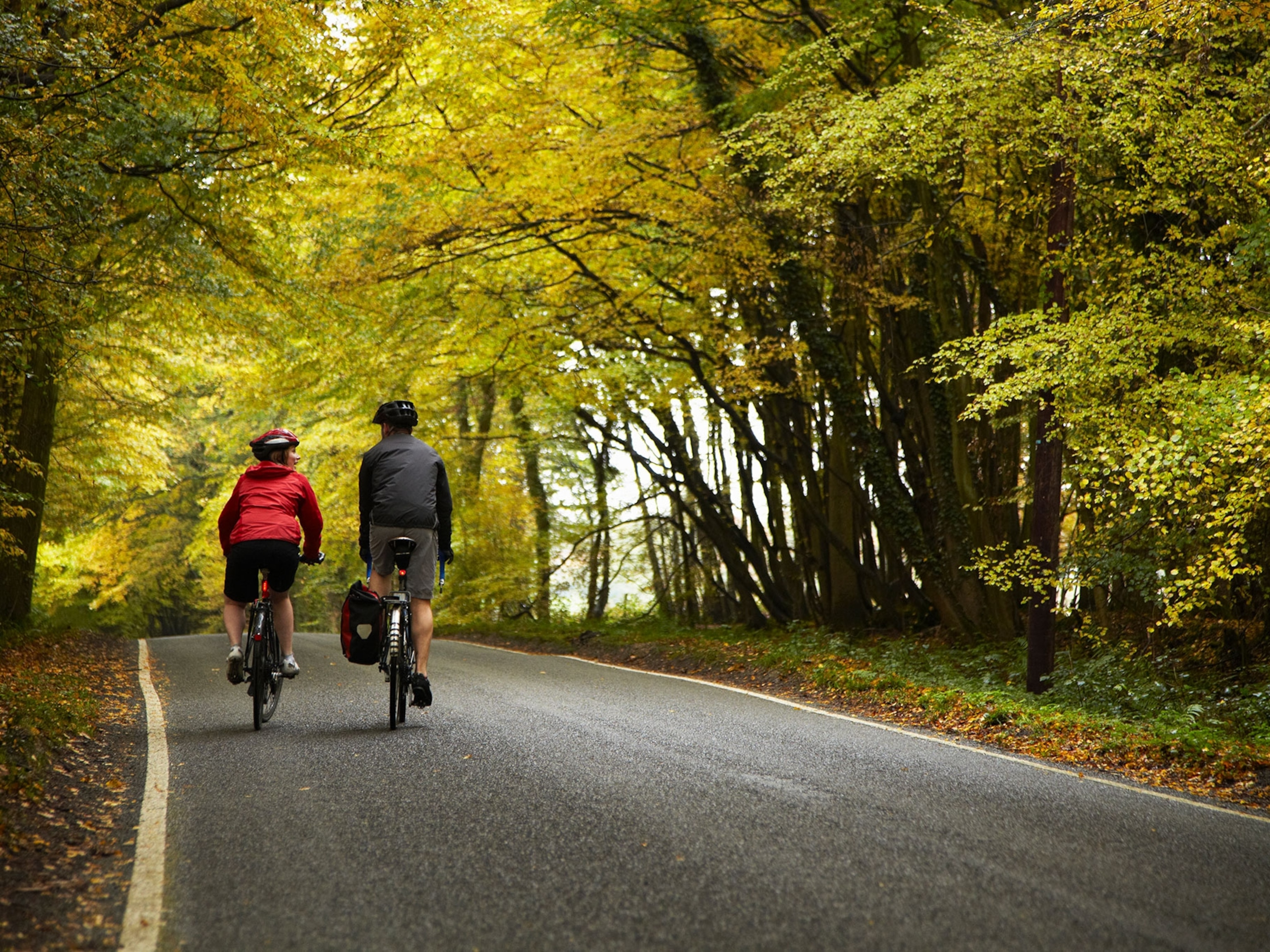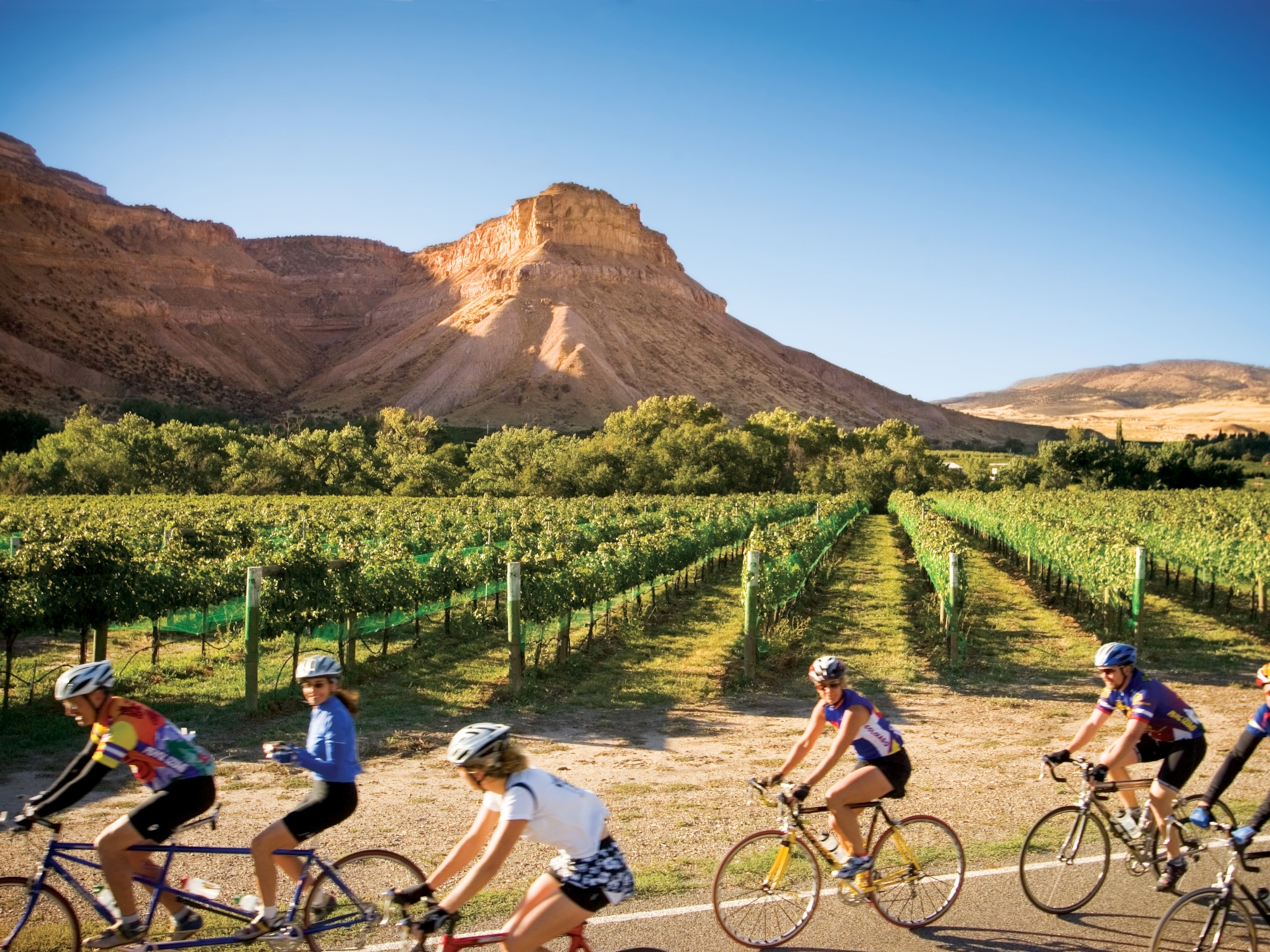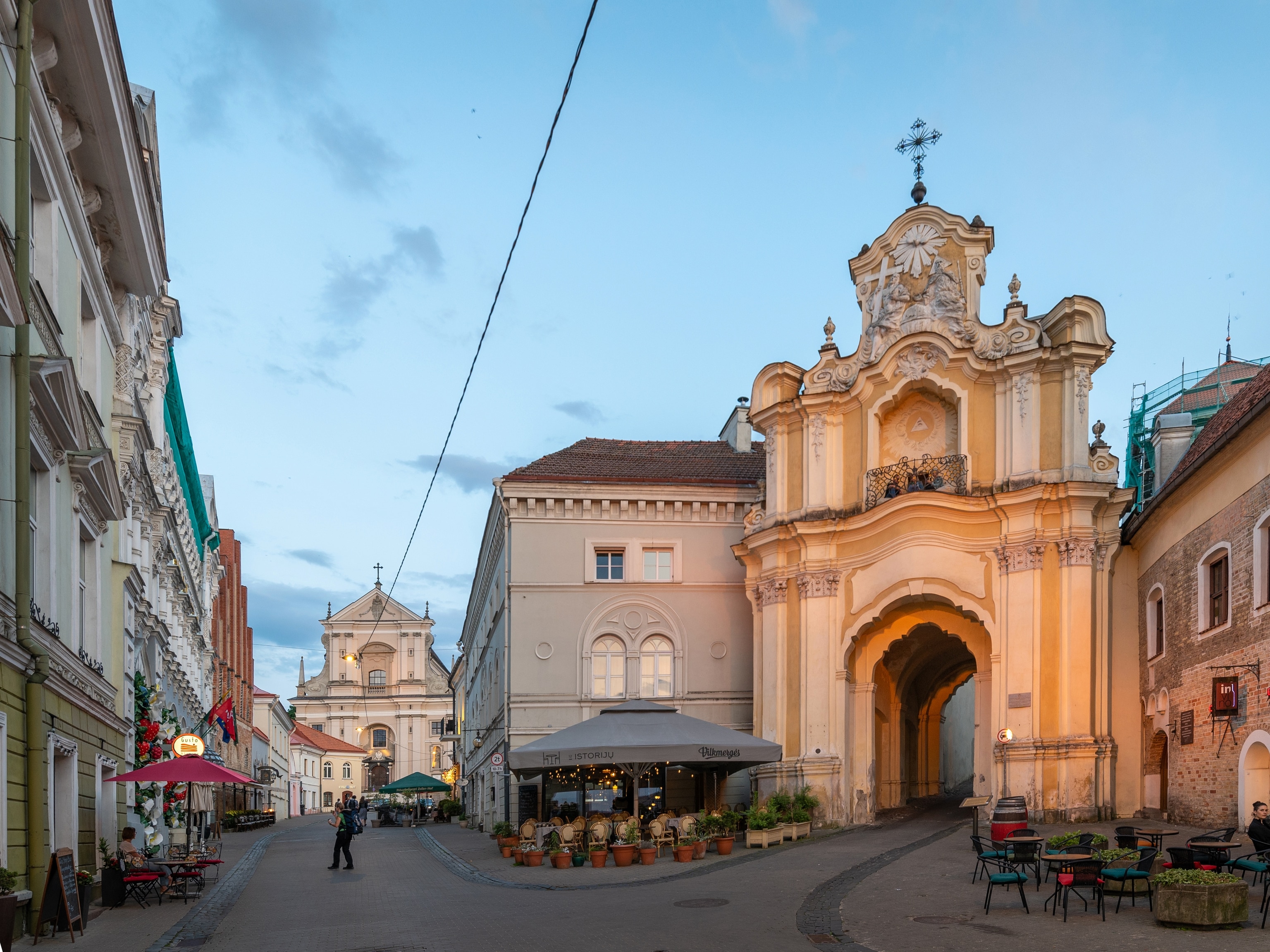
What a Cross-Country Bike Ride Taught Me About Climate Change
From extreme wildfires to destructive beetles, this scientist took to the road to see climate change firsthand.
Even though it had been in the back of my mind for years, climbing Colorado’s Cameron Pass on a loaded touring bike proved more than I’d bargained for. I had already cycled from the Atlantic coast on what would eventually be a 4,200-mile ride to the Pacific, but by the second afternoon of the climb to 10,200 feet, my legs felt hollowed out.
Summiting the final pitch, I saw the sign ahead marking the pass. I gradually became aware of something else: The magnificent green forest I’d been expecting was instead a sea of gray, dead trees.
When I retired from my job as a climate scientist at the National Oceanic and Atmospheric Administration, I resolved to ride across the United States to see climate change up close. At Cameron Pass, what I encountered was something I’d only read about: the signature destruction wrought by the mountain pine beetle. As the warm season has lengthened because of climate change, the voracious beetles have had time for not one but two generations within a single year. The trees’ defenses have been overwhelmed, and the resulting beetle kill has spread from the Sangre de Cristo Mountains in New Mexico to the Canadian Yukon, from the eastern edge of the Rockies to the Pacific Ocean. Climate change is here, now, not some ominous thing waiting for our grandchildren.
Other manifestations of warming appear in diverse places. Hurricane Harvey dumped more than 50 inches of rain on Houston last year, followed by the devastation of Puerto Rico by Hurricane Maria. Hurricanes have always happened. But as the world warms, there’s more evaporation—and water vapor—for a storm to sweep up from the ocean and dump on land. We’re juicing the climate system, like a home run hitter on steroids. With the increase in storm intensity, we face a relentless rise in sea level, driven by melting ice sheets and the simple expansion of water as it warms.
Near the start of my ride in Delaware, I visited a ruined barrier island called Fowler Beach, once a thriving beach community. The guardrail to the access road now hangs over sand and smashed blacktop near the water’s edge. Foundations of old buildings can be seen out in the surf. Low-lying cities ignore the rising seas at their peril.
From coast to coast and on mountains in between, evidence of a changing landscape abounds. In Glacier National Park in Montana, I biked the Going-to-the-Sun Road: a big, steep climb into the northern Rockies set amid glorious views. Along the skyline are some of the namesake glaciers, the smallest of which may disappear within the next 10 to 20 years.
After the ride, I met David Benson, a biology professor who works as a ranger at Glacier during the summer. For 20 years, he’s been studying the white-tailed ptarmigan, a small grouse that nests on the ground. He finds that in the face of a changing climate, the birds have been moving their nests up the mountains. Some have altered their habitat preference by moving away from snow and water. Despite these changes, their populations have dropped dramatically. His lesson from the ptarmigan applies well to our own species: Move, adapt, or die.
- National Geographic Expeditions
The fossil fuel economy is immense and has a great deal of momentum. But to keep climate change within reasonable bounds, we can’t keep exploring for new fossil fuel sources. Very simply, there’s a vast amount of carbon in the ground that needs to stay there.
But there’s reason for hope. When I first biked across Kansas in 2011, I didn’t see a wind farm until I was almost out of the state. Five years later, on a bike trip across Kansas, Iowa, and Montana, it was hard to find a place where wind turbines were not in sight. Combined with the dropping cost of solar power, the renewable energy future is rapidly approaching. The energy markets are changing too. Solar installations are expanding, and cars that whir are replacing cars that roar. From the international perspective, 194 of 195 nations remain in the 2015 Paris climate accord. Only the U.S. is pulling in the opposite direction. [Read about a man who has live off the grid for 20 years.]

Two of the frontier sources for oil exploration in North America are on opposite sides of the border. The oil sands of northern Alberta, a particularly carbon-intensive operation, are the reason for the Keystone XL pipeline. Their tailings ponds are some of the largest human-made structures on the planet. On the U.S. side, the development of the Bakken Formation in North Dakota is one of the more spectacular booms of this century. In younger days, I worked on Louisiana offshore oil rigs, and I know that the oil patch consists of people and towns. The bike’s a pretty good way to look at things from ground level. My last ride this past summer took me 1,100 miles from those Alberta oil sands to the Bakken, out of the boreal forest and across the prairie.
The most striking aspect of the ride was the aftermath of the Fort McMurray fire of 2016, what locals call “The Beast.” In western Canada, as in the western U.S., the fire season has lengthened and intense fires are increasingly common, a major consequence of climate change. Canada’s largest insured single disaster, with $3.7 billion in insured losses, the Beast burned for two months in the heart of the oil sands region. The city was evacuated and five subdivisions burned out. At its peak, a fleet of aircraft and some 2,200 people were involved in fighting the fire. They managed to save the downtown area, but neighborhoods are still being rebuilt today. In the midst of construction activity, I saw some intact houses with fire scars on the siding. And for miles around the city stand blackened trees.
Traveling removes us from the here and now—the next text, the next deadline, the next news cycle—and provides the chance to step back and see the dramatic transformations happening on our land. Changes such as the extended summers, the expanding tropics, and the rising seas are closely tied to the burning of fossil fuels. We have what appears to be an unstoppable force hurtling us toward a mortal threat to the habitability of large areas of the planet. Our success in slowing or turning this force will determine the fate of these places we love.






















